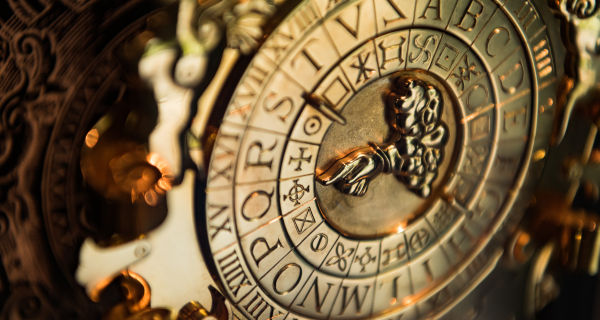
Introduction:
In the ever-evolving landscape of contemporary art, a fascinating intersection has emerged, where the worlds of cryptography and visual expression collide. This dynamic fusion, often referred to as crypto-art, transcends traditional artistic mediums, offering a canvas where technology, cryptography, and creativity converge. Join us as we delve into the realm of crypto-art, exploring its origins, impact, and the unique possibilities it brings to the art world.
The Birth of Crypto-Art:
Crypto-art owes its genesis to the rise of blockchain technology, specifically the advent of non-fungible tokens (NFTs). NFTs are unique digital assets that are stored on blockchain networks, providing proof of ownership and authenticity. Artists have seized this technological innovation to create and sell digital artworks as NFTs, revolutionizing the way we perceive and trade art.
Decentralized Ownership and Empowering Artists:
One of the revolutionary aspects of crypto-art lies in its ability to decentralize ownership. Through blockchain technology, artists can directly connect with collectors, eliminating the need for intermediaries such as galleries or auction houses. This democratization of the art market empowers artists, providing them with greater control over their creations and financial transactions.
The Crypto-Art Experience:
Crypto-art extends beyond traditional mediums, embracing digital and multimedia formats. Artists experiment with augmented reality, virtual reality, and interactive installations, creating immersive experiences that challenge conventional boundaries. Viewers can engage with the art in ways that transcend the limitations of physical space, opening up new dimensions for artistic expression.
Scarcity and Digital Rarity:
In the physical art world, scarcity often contributes to the value of an artwork. Crypto-art introduces the concept of digital scarcity through the use of blockchain. Each NFT represents a unique and limited edition of the digital artwork, creating a sense of rarity in the digital realm. This scarcity, coupled with the transparency of blockchain, enhances the perceived value of the artwork.
Challenges and Criticisms:
While crypto-art has garnered immense popularity, it has also faced scrutiny and criticism. Environmental concerns related to the energy consumption of blockchain networks, issues of copyright and intellectual property, and the potential for market speculation are among the challenges that the crypto-art community grapples with. As the field evolves, addressing these concerns becomes crucial for its sustained growth.
The Future of Crypto-Art:
The future of crypto-art holds exciting possibilities. As technology continues to advance, artists are likely to explore new ways of integrating blockchain, cryptography, and digital expression. Whether through collaborations with tech innovators or the development of decentralized art platforms, the journey of crypto-art is poised to be a dynamic and transformative one.
Conclusion:
Crypto-art stands at the intersection of technological innovation and artistic expression, challenging traditional norms and redefining the landscape of the art world. As artists continue to push boundaries, embracing the opportunities presented by blockchain and NFTs, crypto-art will undoubtedly leave a lasting imprint on the evolution of contemporary art. So, immerse yourself in this digital renaissance, where cryptography meets canvas, and explore the limitless possibilities that crypto-art has to offer.
